Lithium-battery charging protection technologies are critical safety and performance systems designed to prevent damage to lithium-ion batteries (LIBs) during charging—one of the most high-risk phases of battery operation. LIBs are sensitive to overcharging (voltage >4.2V for most cells), undercharging (voltage <2.5V), overcurrent (charging current >1C rate), and extreme temperatures (charging <0°C or >45°C), which can cause thermal runaway (fire or explosion), capacity degradation, or permanent cell failure. Charging protection technologies, integrated into battery management systems (BMS), chargers, and cell designs, monitor and regulate charging parameters in real time, ensuring safe, efficient, and long-lasting battery operation across applications.
Overcharge protection is the most critical function, as overcharging causes lithium plating on the anode (reducing capacity) and electrolyte decomposition (releasing flammable gases). The primary protection mechanism is a voltage monitoring circuit in the BMS, which tracks cell voltage with ±10mV accuracy. When a cell reaches its upper voltage limit (e.g., 4.2V for LiCoO₂ cells, 3.65V for LFP cells), the BMS triggers a switch (e.g., MOSFET) to cut off charging current or reduce it to a trickle (0.05C). For EV battery packs (composed of 100+ cells), the BMS uses cell balancing—redistributing charge between cells via passive (resistor discharge) or active (energy transfer) balancing—to ensure no single cell overcharges. For example, a Tesla Model 3’s BMS uses active balancing to keep cell voltage deviations <20mV during fast charging (250kW), preventing overcharge and extending pack life to 1,500+ cycles.
Overcurrent protection prevents damage from excessive charging current, which generates heat and accelerates SEI layer degradation. Charging systems use current sensors (e.g., shunt resistors, Hall-effect sensors) to measure current in real time. If current exceeds the safe limit (e.g., 2C for consumer cells, 5C for fast-charging EV cells), the BMS or charger reduces the current or shuts off charging. Fast-charging stations (e.g., DC fast chargers for EVs) use smart charging protocols (e.g., CCS, CHAdeMO) that communicate with the vehicle’s BMS to adjust current based on cell temperature and SOC. For instance, a 350kW DC fast charger reduces current from 5C to 2C when an EV battery’s temperature exceeds 40°C, preventing overheating while maintaining a 0-80% charge time of 18 minutes.
Temperature protection ensures charging occurs within a safe temperature range, as low temperatures cause lithium plating (reducing capacity) and high temperatures degrade electrolytes. Battery packs include NTC thermistors (negative temperature coefficient) or thermocouples placed near cells to monitor temperature. If temperature drops below 0°C, the BMS activates a heater (e.g., resistive heaters, PTC heaters) to warm the battery to 5-10°C before charging—critical for EVs in cold climates. For example, a Ford F-150 Lightning’s battery pack uses a liquid heating system to maintain 15°C during winter charging, ensuring 90% of the fast-charging speed vs. unheated packs. If temperature exceeds 45°C, the BMS reduces charging current or activates a cooling system (e.g., liquid cooling, air cooling) to dissipate heat. Consumer electronics like smartphones use passive cooling (heat sinks) and charge current reduction (from 1C to 0.5C) when battery temperature exceeds 40°C.
Undercharge protection prevents deep discharge, which damages the cathode and reduces cycle life. The BMS monitors cell voltage and stops discharging when it reaches the lower limit (e.g., 2.7V for LiCoO₂ cells). During charging, the BMS ensures the battery reaches a safe SOC (typically 100% for consumer electronics, 80% for daily EV use) without overshooting. Some systems use pulse charging (short current pulses followed by rest periods) to recover capacity in deeply discharged cells, avoiding permanent damage.
Integration with charging protocols enhances protection and compatibility. USB PD (Power Delivery) for consumer electronics uses communication between the charger and device to set safe voltage and current levels (e.g., 5V/3A, 9V/2A), preventing overcharging of smartphones or laptops. For EVs, ISO 15118 enables “plug-and-charge” functionality, where the charger and vehicle authenticate and exchange charging parameters (current, voltage, temperature limits) automatically, reducing human error and ensuring protection.
In specialized applications, charging protection is tailored to unique needs. Medical devices (e.g., portable defibrillators) use redundant protection circuits (dual voltage and current monitors) to ensure 99.99% reliability. Grid-scale energy storage systems use slow charging (0.2C rate) and temperature-controlled enclosures to maximize cycle life (10,000+ cycles). By combining real-time monitoring, adaptive regulation, and application-specific design, lithium-battery charging protection technologies ensure safe, efficient, and durable battery operation, enabling the widespread adoption of LIBs in critical industries.
Read recommendations:
601248 300MAH 3.7V
the performance tests for lithium batteries.lithium battery for solar energy storage system Product
Precautions for the operation of marine lithium iron phosphate batteries
portable energy storage battery Manufacturing
lithium ion battery 18650 price
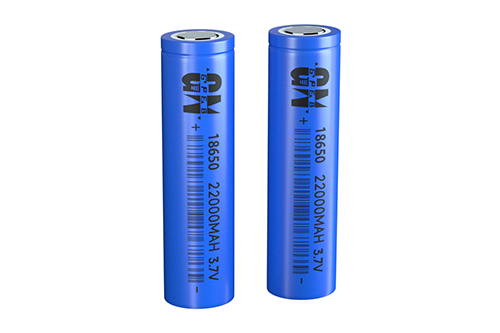
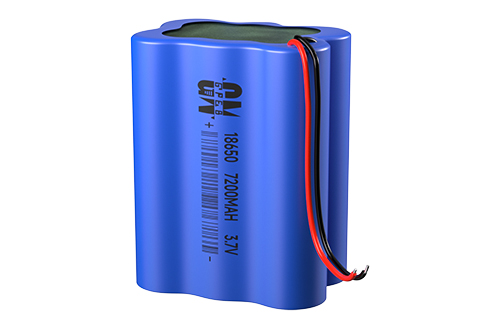

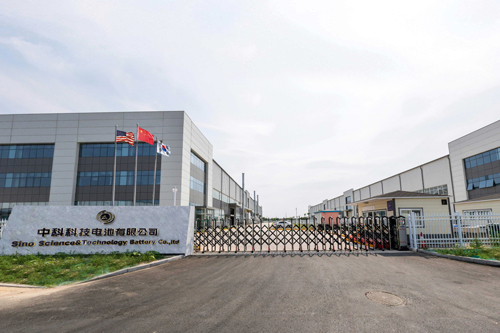

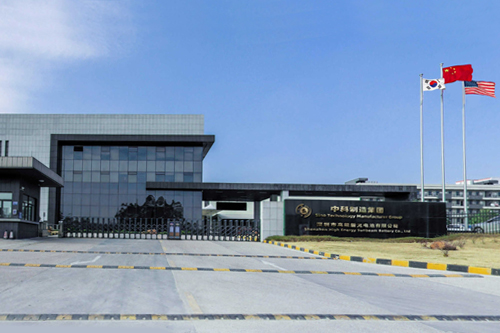



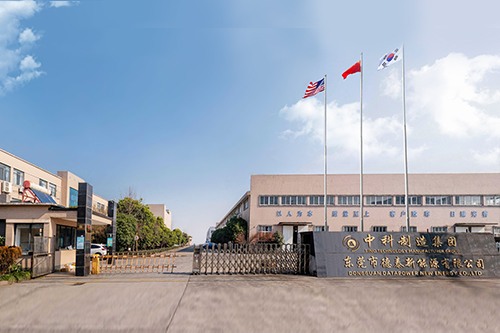

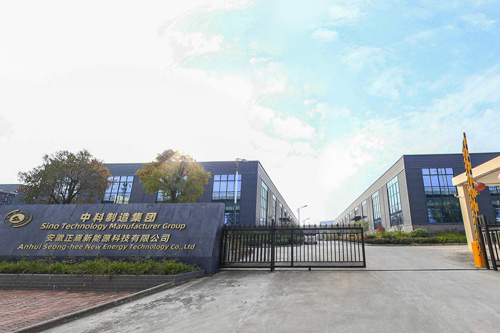





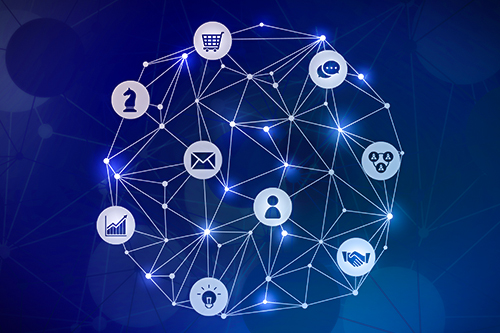


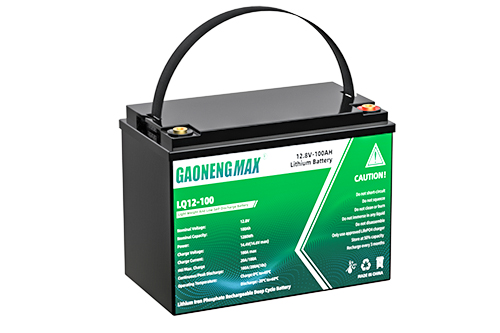
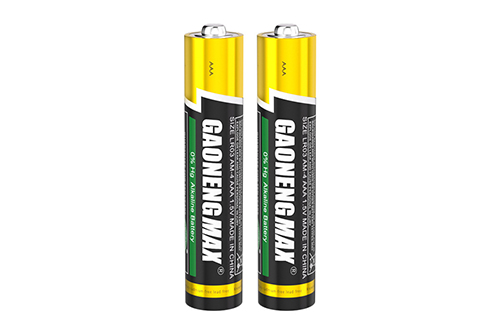

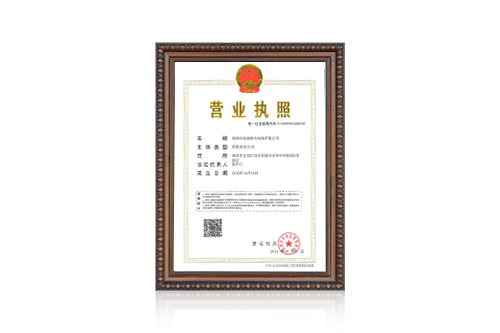
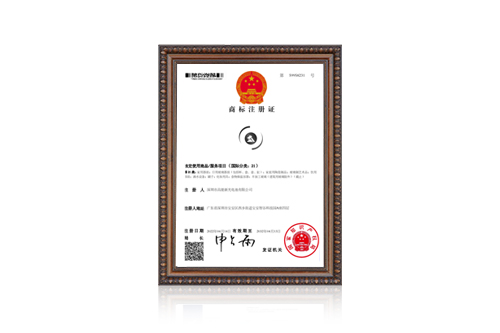
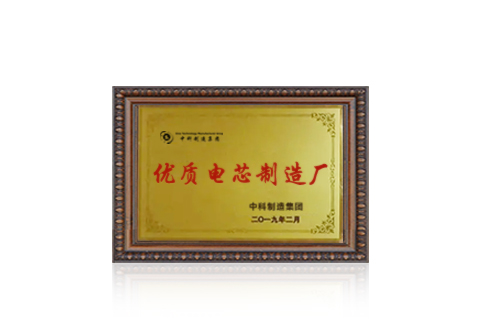
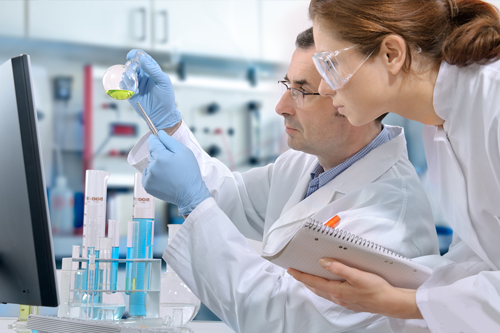
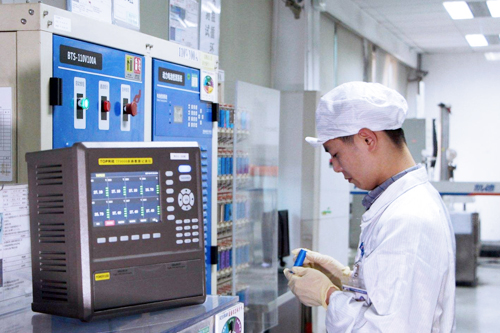
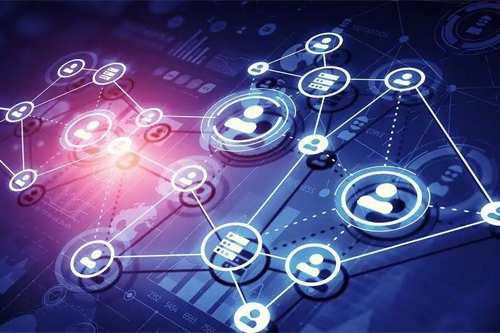














 360° FACTORY VR TOUR
360° FACTORY VR TOUR
 Whatsapp
Whatsapp
 Tel
Tel Email
Email TOP
TOP